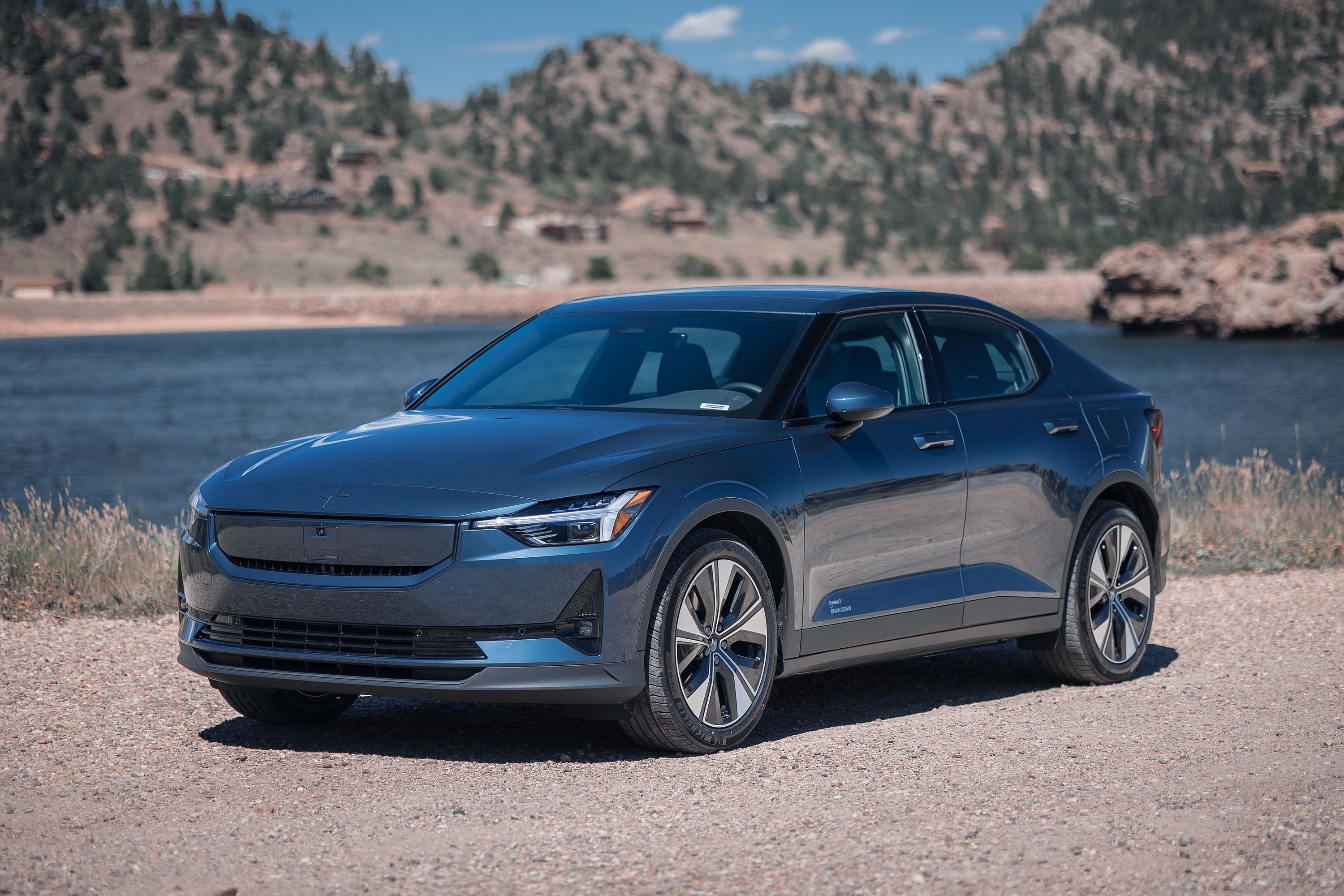
When Volvo and Geely announced that Polestar would evolve from a competitive motorsport specialist into an official brand of its own, focused exclusively on electrification, it was met with mixed responses. Some were disappointed at the end of "Volvo's AMG" while others were fascinated by the possibilities.
First, we were met by the wild and wonderful hybrid Polestar 1. That was followed up by something more practical in the form of the all-electric Polestar 2. In due time, the family is set to grow with the arrival of the Polestar 3, 4, and 5, but producing EVs takes a heavy toll on the planet too. Polestar realizes this and has now detailed how it will achieve carbon neutrality in the years to come.
In just five years as a standalone EV producer, Polestar has provided us with a clear idea of what it hopes to accomplish in the global electromobility market. By 2030, it is set to show its full commitment to the industry by achieving a climate-neutral production status thanks to in-depth research and development that is being invested into today. At the same time, it will orchestrate a diverse catalog of body styles in a bid to appeal to varying customers, as hinted with the exciting Polestar O2 concept.
Speaking to Autocar about how it aims to achieve its goal, head of research and development Hans Pehrson reveals that the brand is on-track with its Polestar 0 program, which aims to produce the world's first truly carbon-neutral car by 2030.
Speaking on the challenges of achieving this goal, Pehrson explains: "We have a detailed timeline to get there. We should have a production start in 2030. Three years before that point, we need to start detailed product development in the automotive business. 36 months is quite common. Before that starts, we need to look into architecture. Will we build it on aluminum, steel, or something else? Will it be four-wheel drive? Will the battery be under the floor?"
The head honchos of Polestar have outlined desired targets for the company which Pehrson says his division has to prepare for "with really deep research". Regarding the required materials, components, and processes, he adds, "If we make a breakthrough this year or next year, we can implement them in a model-year change or in a new car launching in 2024, 2025, or 2026." We'll be watching closely.
Polestar is also ensuring that all polluting gaps are covered on the supplier front. Already it has confirmed that Swedish metals company SSAB is developing a crucial fossil-free steel compound while Norwegian-based Hydro will provide a hand in developing a zero-carbon aluminum.
Transmission expert ZF has been appointed to investigate solutions for more efficient electric drive units while Autoliv will get to work on providing clean seatbelts and airbags. ZKW's investigation into eco-friendly wiring is a sign that no stone is being left unturned in Polestar's plight to become a brand with no carbon footprint whatsoever. The benefit of these innovative designs is that there is an opportunity to roll these out to other manufacturers who have the same carbon neutrality goal.
